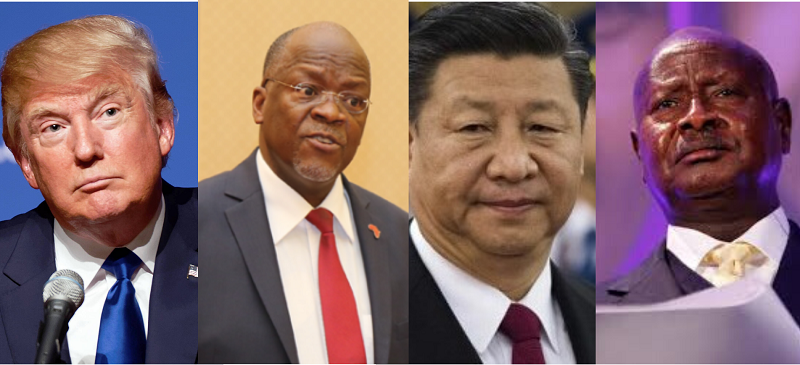Strategy: Diversity and Tolerance Education in Schools
August 11We are THE BULLYDOZER’S CLUB. We believe Teaching tolerance in elementary schools reduces the incidence of hate crimes, racism, discrimination, and bigotry.
Prejudice and intolerance in the United States are climbing as increasing numbers of minorities live in this country. According to a report issued by the FBI, data collected from 2,800 police departments in thirty-two states revealed 4,755 bias-related crimes. Because this figure does not include the majority of police departments, the actual figure is likely to be much higher. In many cases, such behavior results from lack of education, and exposure to people who are different from oneself. Instituting school programs that teach students how to relate to others from different backgrounds and cultures helps students learn early in life how to appreciate diversity and relate peaceably to other people.
Key Components
Children are aware of racial and gender differences at a very young age, and by age twelve they have formed stereotypes. In fact, recent studies show that tolerance education is most effective between the ages of four and nine years. Therefore, it is important to teach tolerance to young children and continue reinforcing the message over time. Age-appropriateness is involved in the creation of the different curricula that educators have developed. For instance, part of the curriculum includes classroom exercises from newsletters and newspaper sections directed toward younger audiences. Additional methods include short theatrical productions and role-playing exercises.
Key Partnerships
Some school systems recognize the need to teach tolerance, soliciting outside resources to conduct educational programs. In other communities, local organizations realize the need for tolerance education and promote appropriate curricula. What students learn in the classroom needs to be reinforced in other aspects of their lives, which requires parents involvement. Schools also recruit community leaders from different groups, races, and ethnicities to teach that tolerance reaches into relationships at home, play, and school.
Potential Obstacles
Intolerance surrounds society; consequently, it may be difficult to monitor what is learned in the classroom in a non-educational setting. Additionally, communities as a whole must want to implement a tolerance education program in the schools. For instance, teachers need training and instruction on how to model ideas and present values.
Signs of Success
Educating students about other cultures, races, religions, and gender helps them understand people different from themselves. Understanding ultimately leads to greater tolerance. Instilling critical thinking skills, creating role-playing, and cooperative learning have proven effective teaching tools. Since 1957, the Green Circle Program based in Philadelphia has promoted awareness, understanding, and appreciation of diversity. Rather than prescribe values for children, Green Circle provides models for certain behaviors and lets the children evaluate their own behaviors. Green Circle serves groups and schools across the United States.
Applying the Strategy
In 1992, the American Bar Association’s Young Lawyers Division (YLD) launched four Tolerance Education pilot projects in elementary schools, middle schools, high schools, and colleges throughout the country. The programs featured education about the law, open discussions, and mock trials. The South Carolina Bar YLD operates a tolerance education program for third and fourth graders in which attorneys go into the classroom and teach the students. According to one participating lawyer, both the students and the teachers loved the program, and the school invites the program back year after year. In fact, the YLD is currently working to implement the program in more South Carolina schools. At the conclusion of the program, it is evident that the students have a greater understanding of discrimination and prejudice. In fact, one of the third-grade students confronted his parents about their bias toward people unlike themselves. Other states are beginning to adopt the program as well.
Contact Information
American Bar Association, Young Lawyers Division
750 North Lake Shore Drive
Chicago, Illinois 60611
312-988-5000
Green Circle Program
1300 Spruce Street
Philadelphia, Pennsylvania 19107
215-893-8400
South Carolina Bar YLD
205 North Irby Street
P.O. Box 107
Florence, South Carolina 29503
803-662-6301



